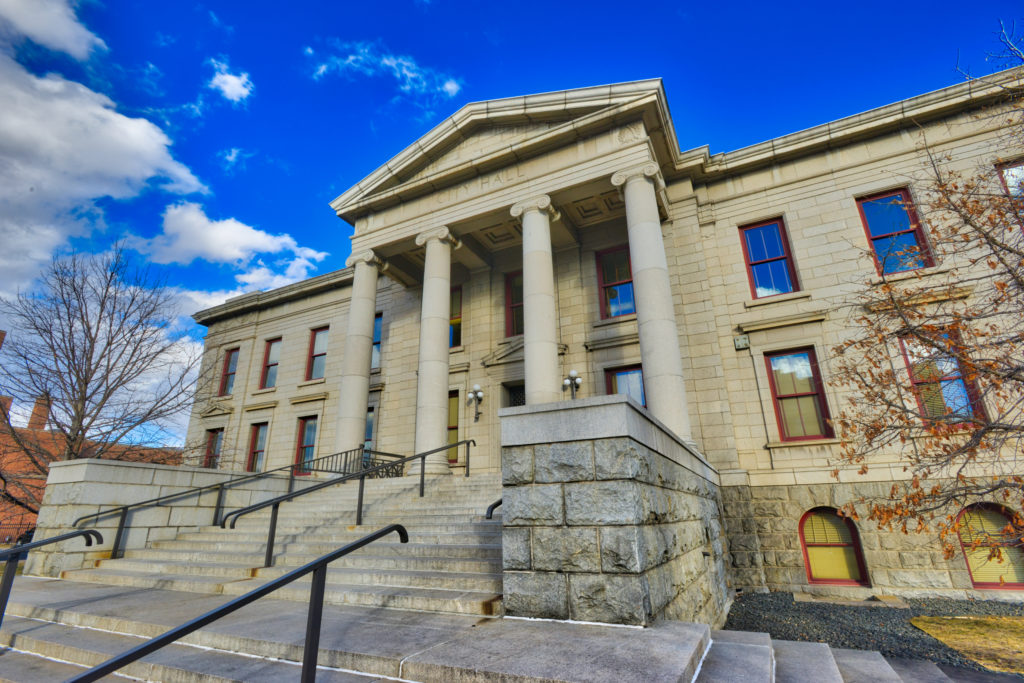Colorado Springs — The Colorado Springs City Council unanimously approved design guidelines, zoning overlays and a transportation sub-plan for the Renew North Nevada Master Plan Tuesday, Feb. 13. The plan seeks to revitalize the North Nevada corridor from the Old North End railroad right of way to Austin Bluffs Blvd. between N. Cascade Ave. and N. Stone Avenue.
The planning effort started two years ago. More than 900 citizens participated in the process and 4 workshops were held, each of which involved more than 100 people according to Nina Vetter, the Renew North Nevada project manager. “This will not be a plan that just sits on a shelf,” she said.

The city’s vision is to put in place zoning and design guidelines that will “create a plan to generate continued investment in and renewal of the Corridor into a thriving community gateway.” To preserve a sense of community and create a vigorous economic center the plan requires that buildings front closely on the street, as opposed to being set far back on a lot. Vehicle parking is directed to the rear.
Block size is set at 500 feet, which according to Vetter’s research is about as far as people are willing to walk before the desire to get in a car and drive takes over.
Transportation planning calls for a 4-lane roadway along North Nevada for vehicles with a two-way transit lane dedicated to buses to the side. Bike and walking trails are included in the corridor. A linkage is planned between North Cascade Avenue and Mark Dabling Blvd. that will restore a historic crossing of Monument Creek at Mount View Lane that was destroyed in a flood in the 1930s.
Vetter was lauded for her management of the planning process.
City Council President Richard Skorman said, “This is a great example of collaboration and people working hard. The ability to get 900 people together and make comments and to come up with this work product is really incredible. It’s really what we all want to have happen everywhere.”
Councilwoman Yolanda Avila said, “I’m just blown away. I think this is wonderful. I like seeing what’s going on in the north part of the city and I can just think of what’s possible with a similar corridor southeast.”
Councilman David Geislinger said, “To me this is a no-brainer, we have to look forward, we have to see what the future can bring and this is a really nice vision of that.”
But Geislinger warned that economic redevelopment inevitably affects those who live in the area. “When the impacts of this hit some people, and there are people who are going to be displaced, the city needs to be prepared to deal with the reality of bringing this dream to fruition,” he said.
Councilman Don Knight voiced concerns about existing low-income residents in the area as well. “One of the things I learned is that along Cascade there are several mobile home parks, that is indeed low-income housing,” he said.
Residents fear being displaced by rising land values. “That was a fear of all those people there, that that park is going to be sold out from under them,” said Knight. “I just want to reinforce and echo what Dave said that as we move forward on this, this is an area we are going to have to be very, very cognizant of,” he continued.
Dave Munger, Executive Director of the Council of Neighbors and Organizations is pleased with the planning process and thinks it should be the model for economic revitalization elsewhere in Colorado Springs, particularly in the economically depressed southeast part of the city.
These guidelines, says the project vision statement, will provide housing and convenient access to “restaurants, shops, stores, and entertainment activities which also draw people from all over the community” and create an attractive gateway to the city.


